Dialogue with Tan Dai: Volcano Engine's Journey from 'Latecomer' to 'Leader' in AI
![]() 06/17 2025
06/17 2025
![]() 517
517

Produced by | Bullet Finance
Art Design | Qianqian
Audited by | Songwen
On June 11, OpenAI unveiled its latest model, o3-pro. Earlier that morning, Tan Dai graced the stage at the Force Conference.
As the president of Volcano Engine, a ByteDance subsidiary, Tan Dai's appearance at this conference invariably signals the unveiling of new Volcano Engine products.
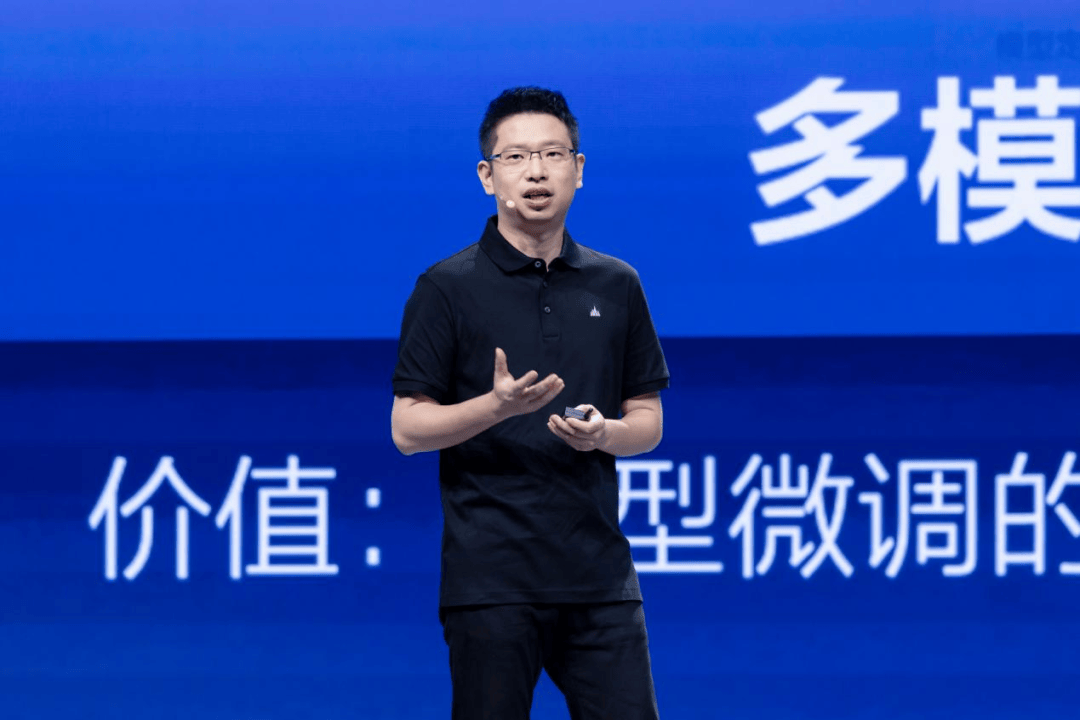
This time, Volcano Engine introduced new models like Doubao Large Model 1.6 and the video generation model Seedance 1.0 pro, alongside upgrades to AI cloud-native services such as the Agent development platform.
Post-conference, Tan Dai engaged in media interviews, including one with "Interface News·Bullet Finance". Despite delivering a two-hour speech, Tan Dai exuded boundless energy.
In the interview, he addressed the fiercely debated 'price war' in the market, discussed Volcano Engine's layout, strategy, and AI cloud thinking, and candidly shared his 'ambitions'.
Tan Dai exudes confidence, calm, and optimism. In the five years since joining ByteDance to helm its cloud computing business, Tan Dai has personally nurtured Volcano Engine, delivering results that have astonished the world. According to IDC, last year, Volcano Engine accounted for 46.4% of large model invocations in China's cloud market, far outpacing the competition.
However, this is not Tan Dai's ultimate goal.
As early as 2021, Tan Dai set a target for Volcano Engine to achieve 100 billion yuan in revenue within ten years. According to his plan, in the cloud computing market, Volcano Engine must not only maintain a presence but also aspire to become the industry leader in AI cloud.
1. 'We Are Serious About Making AI Accessible to All'
On June 11, OpenAI released its latest model, o3-pro, alongside an 80% price reduction for the inference model o3.
That same day, Volcano Engine, a ByteDance subsidiary, hosted the 2025 Force Conference in Beijing. At the conference, Volcano Engine announced a round of product updates, including the release of new models such as Doubao Large Model 1.6 and the video generation model Seedance 1.0 pro, along with upgrades to AI cloud-native services like the Agent development platform.
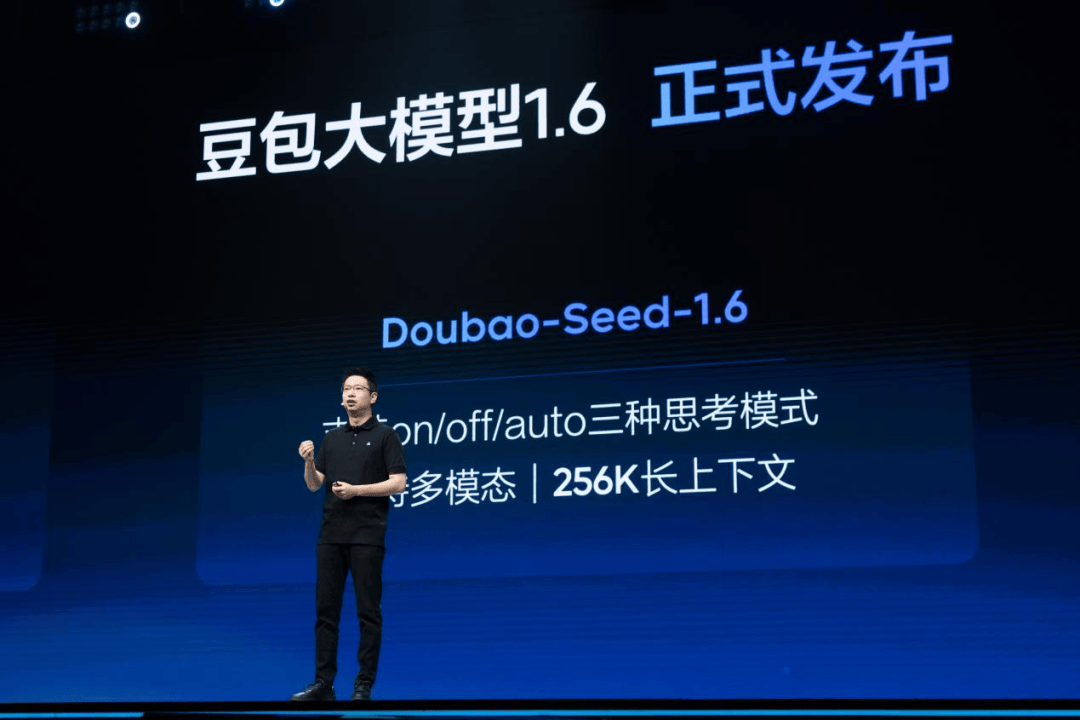
Tan Dai introduced that the Doubao 1.6 series of models support multimodal understanding and graphical interface operation, enabling them to comprehend and process real-world problems.
Live demonstrations showcased Doubao 1.6's capability to automatically operate a browser to complete tasks like hotel reservations, recognize shopping receipts, and organize them into Excel tables, achieving a leap from 'cognition' to 'action'.
Furthermore, the video generation model Seedance 1.0 pro supports text and image input, generating high-quality 1080P videos with seamless multi-camera transitions, marked by high subject motion stability and naturalness.
On the renowned Artificial Analysis evaluation list, Seedance 1.0 pro ranked first in both text-to-video and image-to-video tasks, surpassing models like Veo3 and Coling 2.0.

After the technological upgrade, Doubao achieved 'more quantity without increasing price'. Tan Dai revealed that Doubao 1.6 pioneered pricing based on 'input length' intervals, unifying the prices of deep thinking, multimodal capabilities, and basic language models, with a comprehensive cost that is only one-third of the Doubao 1.5 deep thinking model or DeepSeek R1.
The simultaneous price reductions of large models by OpenAI and ByteDance evoked a sense of 'returning to 2024'. In May 2024, after DeepSeek initiated the 'first shot' of price reductions, Alibaba, iFLYTEK, ByteDance, Zhipu, and numerous other domestic enterprises followed suit, ushering in the 'cent era' of large models.
Given the persistent drop in large model prices, one might wonder how Doubao 1.6 can still reduce its price by two-thirds.
'In principle, software and hardware technologies are continuously advancing, and enterprises can certainly continue to optimize costs. Our objective is to maximize the benefits of technology whenever we achieve a certain level, so that all developers and enterprises in the industry can benefit.' Tan Dai smiled, 'We are serious about making AI accessible to all.'
However, Tan Dai clarified that Volcano Engine does not 'lose money to gain market share'. 'Our principle has always been to pursue scale while ensuring gross profit.'
Regarding the heatedly debated 'price war' in the market, Tan Dai acknowledged that low prices were beneficial initially, but now that large model pricing in the market is similar, to attract users, the model must excel in performance, stability, and throughput.
And the market has validated Tan Dai's claim.
Currently, Doubao is implemented in numerous user scenarios. It is understood that the Doubao large model serves nine out of the global top ten mobile phone manufacturers, 80% of mainstream automobile brands, 70% of systemically important banks, and over 50% of 985 universities.
Data indicates that the daily average tokens usage of the Doubao large model exceeds 16.4 trillion, a 137-fold increase compared to its initial release in May last year.
2. Agent Becomes a New Battleground
In fact, behind the price reduction of Doubao 1.6 lies another crucial driving force - Agent.
At the beginning of 2025, the world's first general-purpose AI agent, Manus, was launched and quickly gained traction, shifting the world's focus from AI large models to AI agents. Hence, 2025 is habitually regarded as the inaugural year of Agents.
So, what exactly is an Agent? The industry generally believes that Agent = large model + memory + active planning + tool usage. In this context, if AI is the 'brain', then Agent is the 'worker' with 'brain + hands and feet', enabling AI to truly transition from a 'tool' to an 'assistant'.
Tan Dai mentioned at the conference that the technological subject has undergone three eras of change: the PC era focused on the Web, the mobile era on the APP, and the AI era on the Agent. 'Although Agent is also an APP shell, it differs from an APP. Agent can autonomously perceive, plan, and reflect, complete complex tasks, and transition from a passive tool to an active executor.'
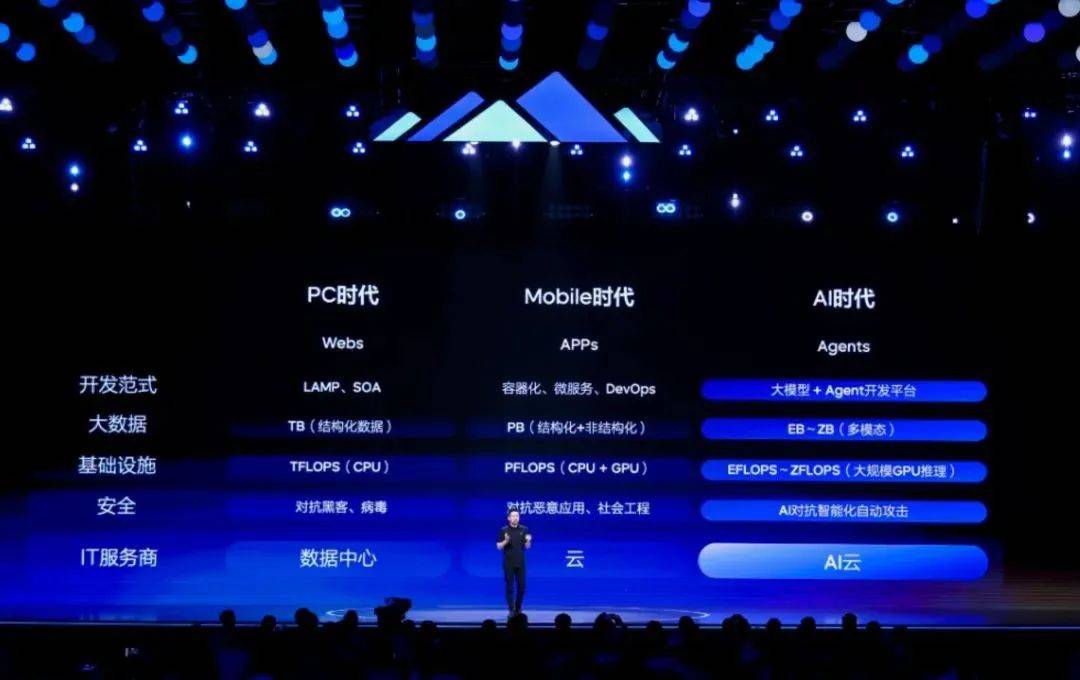
Frankly, after Agent became a hot topic, various Agent products emerged endlessly, but their true maturity and implementability are questionable.
In the interview, Tan Dai again used the grading of autonomous driving as an example to explain that an Agent capable of completing tasks that humans can accomplish in a short time and with low quality, such as writing a limerick, can only be considered L1 level.
The L2++ level is capable of writing a complex piece of code or a deep report within a domain, and after taking over the clues, it can directly output the final result without human intervention, which is of symbolic significance.
Tan Dai made it clear that an important task for Volcano Engine this year is to help enterprises build more complex Agents, and the enhancement of model capabilities such as deep thinking, multimodal, and tool invocation is a key element in building Agents.
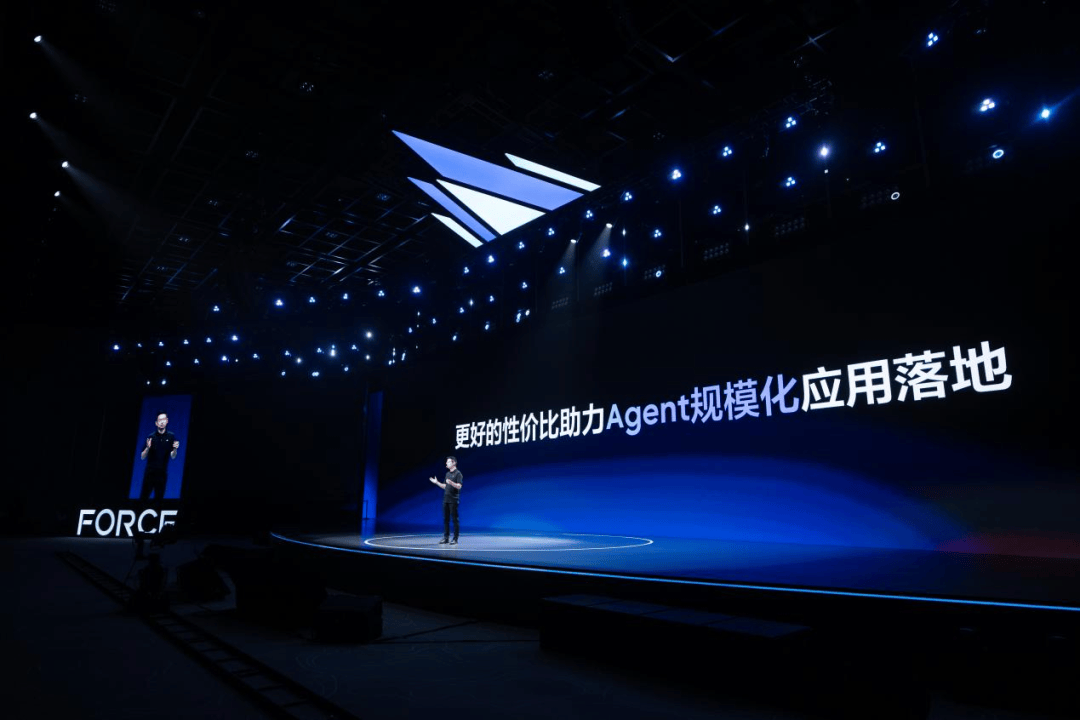
Since Agents consume a significant number of tokens each time they perform tasks, the cost of using the model must also continue to be reduced to promote the large-scale application of Agents. Tan Dai hopes that 'by reducing the price of large models, we can foster the popularization of Agents.'
Tan Dai believes that in the future, Agents will communicate and interconnect with each other. Consequently, new challenges will arise - how to ensure user privacy, information, and data security?
From extensive user feedback, Tan Dai has long been aware of these needs.
At the Force Conference, Volcano Engine upgraded its full-stack AI cloud-native services, releasing products such as Volcano Engine MCP service, PromptPilot intelligent prompting tool, AI knowledge management system, veRL reinforcement learning framework, and launching multimodal data lake, AICC private computing, large model application firewall, and a series of AI Infra suites.
Undoubtedly, after AI large models, Agents will become the next competitive battleground in the tech circle. It is evident that global technology giants like Microsoft and Google are also accelerating their layouts in this field this year. For instance, Microsoft released the enterprise-level AI assistant Microsoft 365 Copilot Chat, and Google upgraded the Gemini 2.5 model.
Even facing numerous competitors, Tan Dai is unfazed. Instead, he is poised to lead Volcano Engine to excel on this battleground.
3. Take It One Step at a Time and Excel in the Present
Whether it's AI large models or cloud computing, Volcano Engine cannot be overlooked. It's hard to believe that Volcano Engine was officially launched in June 2020 and has only been around for five years.
In 2020, when Volcano Engine was launched, Alibaba Cloud's revenue had already surpassed 40 billion yuan, closely followed by cloud service providers like Huawei Cloud, Tencent Cloud, and Baidu Intelligent Cloud, occupying pivotal positions in the cloud computing market.
The market generally questioned whether Volcano Engine, as a 'latecomer', still had opportunities.
But Tan Dai's confidence in cloud computing has never wavered. His rationale is that the cloud is an incremental market, and the penetration rate of domestic cloud computing in GDP is still very low, indicating ample room for growth.
As an industry 'latecomer', Volcano Engine made a strong impression on the market. Upon entering, Volcano Engine swiftly took over most of ByteDance's cloud usage demands and then drove down costs through technological optimization, erecting a protective wall. In 2024, Doubao 1.0 significantly reduced its price by 99%, driving down prices across the large model market, leaving a profound impression on the world.
Looking back, after entering the cloud computing market, Volcano Engine has stirred up the industry like a catfish, gradually loosening the market structure dominated by giants.
Tan Dai candidly said he was fortunate to coincide with the era of AI explosion. Precisely because of this explosion, all cloud service providers are once again on an equal footing in AI cloud. With ByteDance's support, Volcano Engine is not short on funds or technology and can attract more talents, enabling it to move faster naturally.
In a 2024 media interview, Tan Dai made it clear that Volcano Engine's investment in AI is steadfast. 'I'm not overly concerned about AI's current revenue share but whether it has brought more enterprises to Volcano Engine.'
According to Tan Dai, Volcano Engine's revenue growth rate reached three digits in 2024. Regarding Volcano Engine's revenue growth and customer expansion goals for this year, Tan Dai bluntly stated, 'Our goals are very aggressive.' It is understood that Volcano Engine's revenue was 10 billion yuan in 2024, and this year it aims to surpass the 20 billion yuan mark.
He explained that the market has a strong demand for AI, but users still have many puzzles, not just about model quality but also about 'how to use it' and 'how to use it well'.
'I believe the most crucial thing at this stage is to solidify our products, models, costs, solutions, and industry customers, so that everyone can witness better demonstrations. If we excel in these areas, the goals will naturally be achieved because the demand is clear, precise, and enormous.'
With a technical background, Tan Dai has a profound understanding of cloud computing's development and iteration. After transitioning to a managerial role, he has become even more ambitious. He stated that in the domestic AI cloud business, Volcano Engine's goal is to be the industry leader.
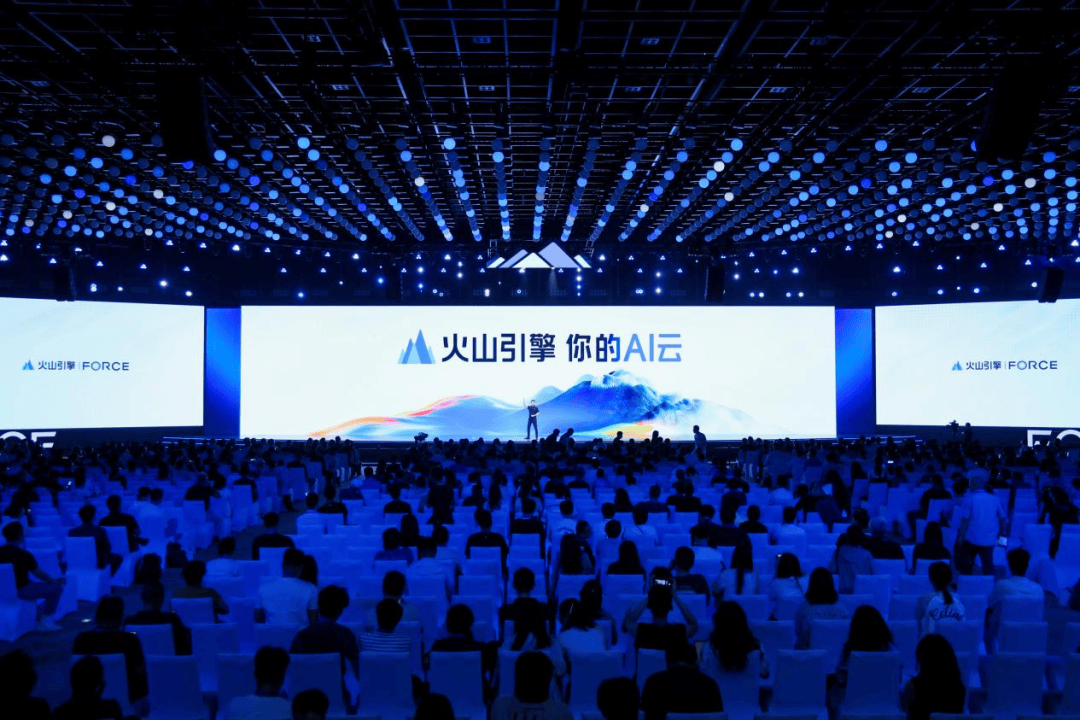
In fact, initially, Volcano Engine's phased goal was to become China's 'fourth cloud'. Although this goal has yet to be achieved, Tan Dai is not in a rush because this marathon has just begun, and Volcano Engine still has ample time to run.
A marathon is 42.195 kilometers long, and endurance is the core test. Only those who persist to the end will emerge victorious. Tan Dai firmly believes that Volcano Engine will undoubtedly secure a place in the cloud computing landscape.
*Images in the article are provided by Volcano Engine.







